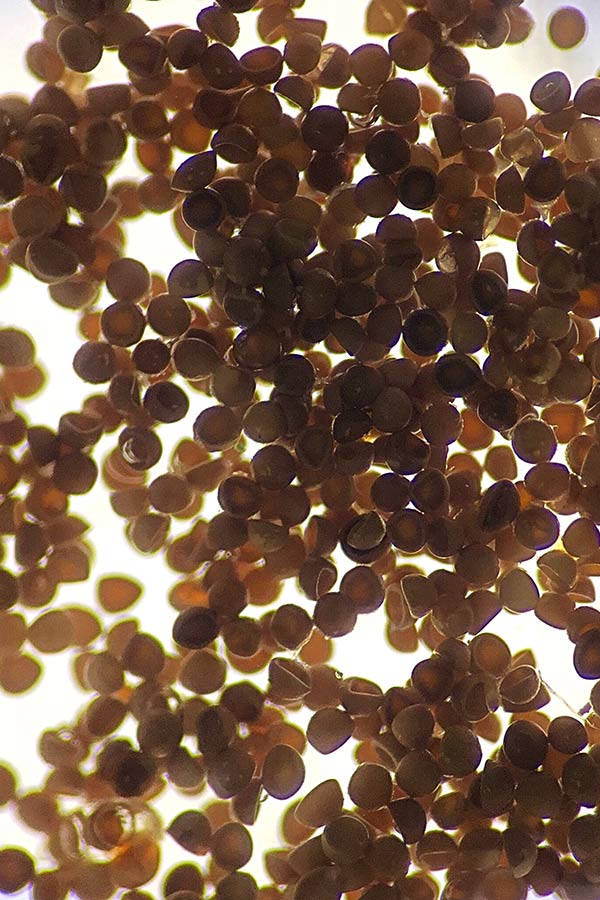≡
Brine shrimp cyst harvests
Brine shrimp in the Great Salt Lake: A world-renowned business
Commercial harvesting of brine shrimp began in 1950, when the Sanders Brine Shrimp Company first used live brine shrimp and nauplii for fish feed. It was soon discovered that the cysts could be cleaned and stored more efficiently, and in 1952, the harvest switched to a cyst-only collection.
After each collection, the brine shrimp cysts are cleaned, processed, stored and later hatched into live young to feed a variety of commercially reared fish and prawns. In fact, last year the harvesters were able to collect 28,747,401 pounds of raw material from the Great Salt Lake!
Artemia franciscana, the main brine shrimp species, is a keystone species upon which much of the rest of the Great Salt Lake ecosystem relies upon. Proper management and conservation of this resource is justifiably warranted for many reasons, only to preserve what has taken thousands of years to create, not as a fishery or recreation site, but as a living entity to be safeguarded for future generations.







